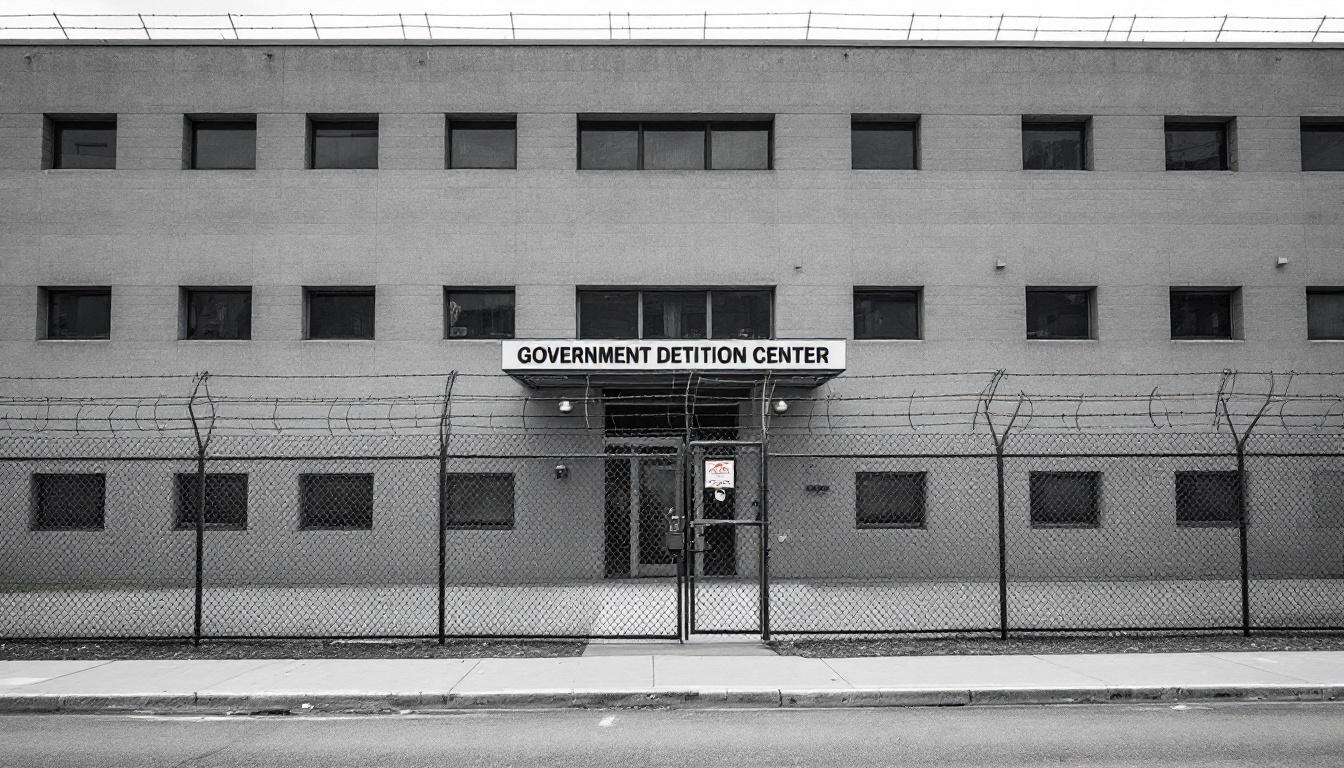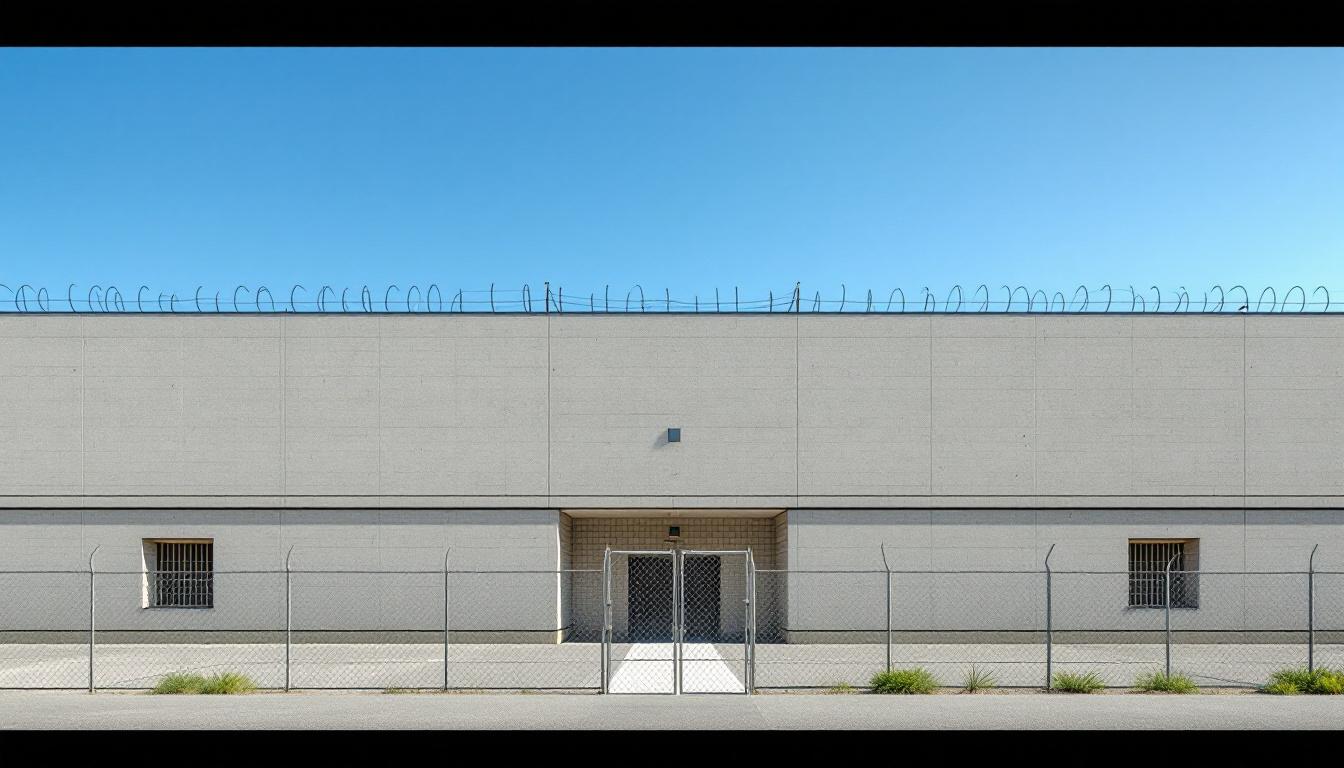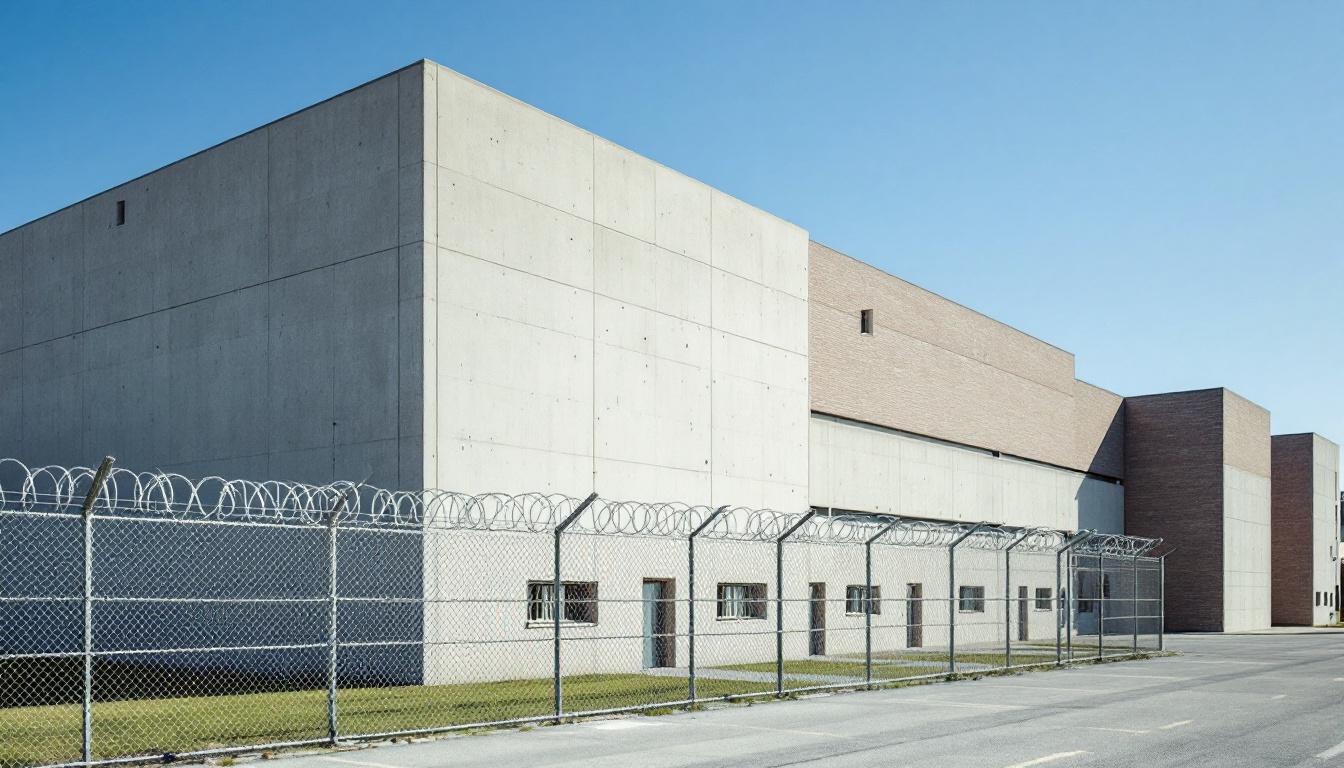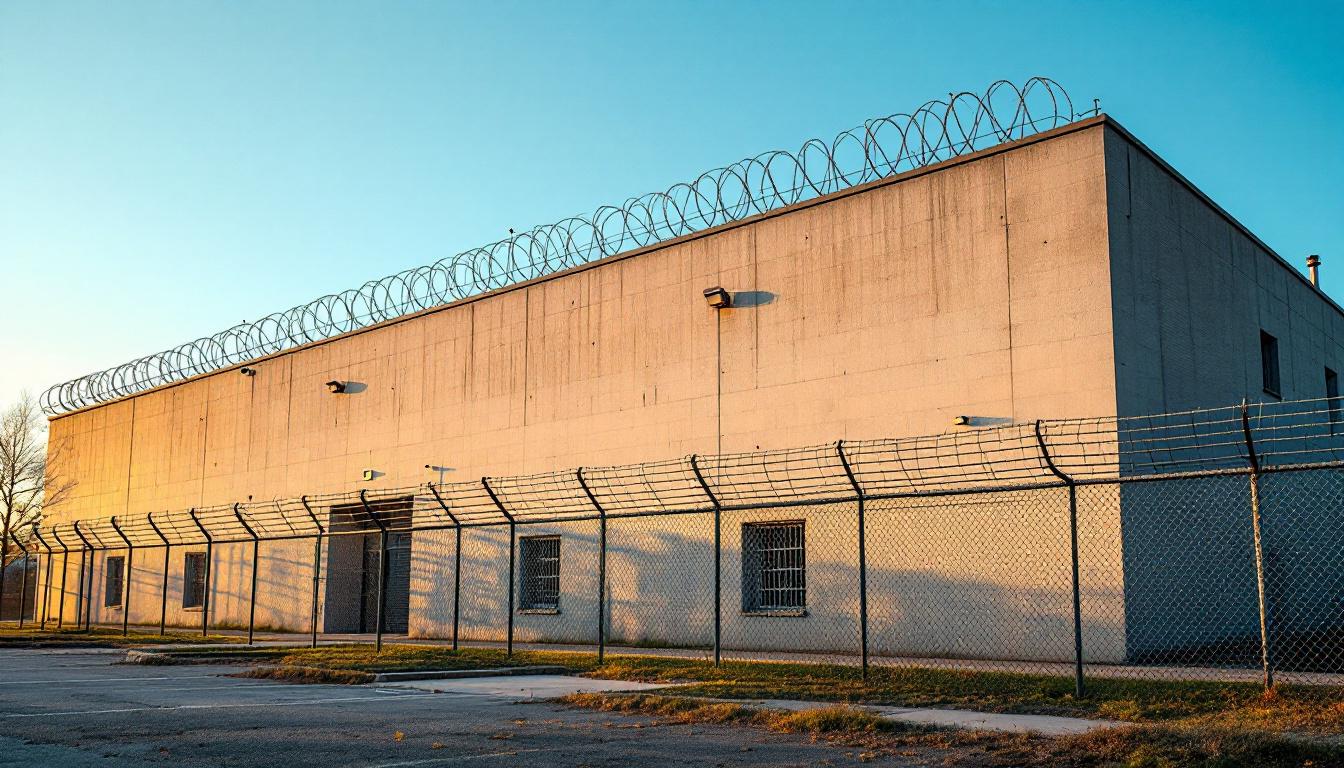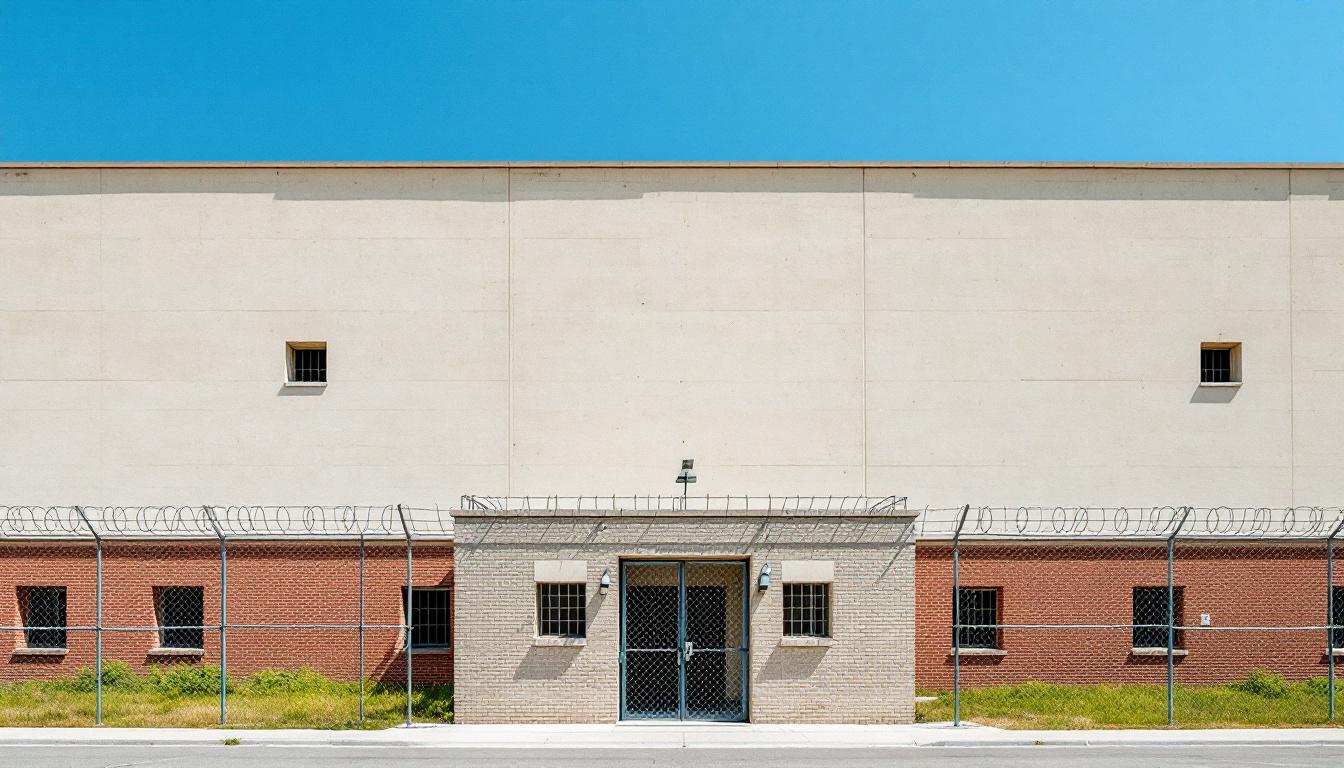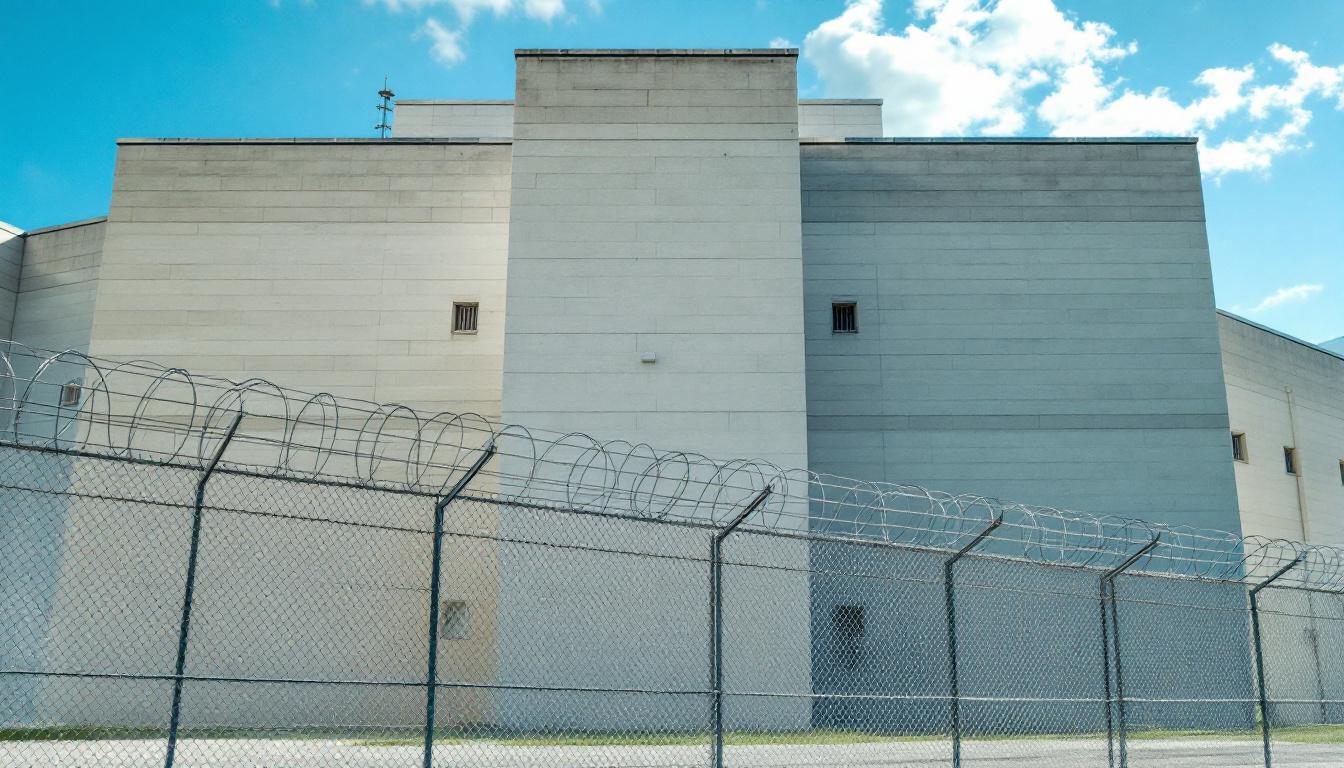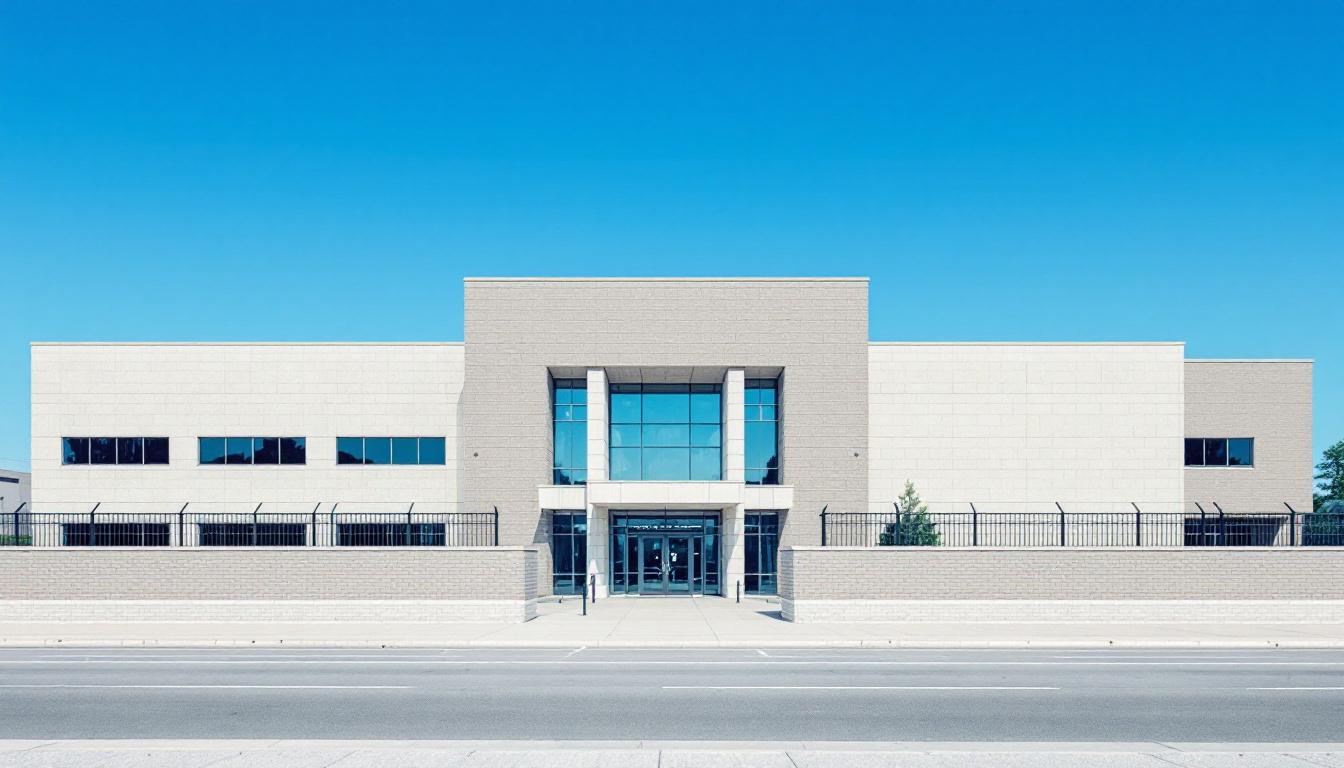
Quick Navigation
How to contact an inmate at Idaho Department of Correction
This comprehensive guide will walk you through how to connect with an inmate at Idaho Department of Correction. Follow the steps below to find an inmate and send letters and photos:
- Search for the inmate using our search tool below
- Create your account or log in to Penmate
- Write your message (up to 6,000 characters)
- Send instantly - inmates receive printed copies daily
Find an Inmate
Search for an inmate to start communicating today
Tip: You can search by first name, last name, or inmate ID number
To contact a person at Idaho Department of Correction start by searching for the person on the official facility website. Perform a search by following these steps:
- Step 1: Enter their first name and last name into the search form and click "Search"
- Step 2: Locate their inmate record
- Step 3: Write down their Inmate ID and any housing information provided
Important! Be sure to enter the person's full name. Nicknames should not be used.
How to Send Messages to Inmates

You can use your phone or computer to send emails, letters, and photos to an inmate. Messages are sent electronically to inmate tablets or kiosks at the facility. If you would like to send a message, start by searching for an inmate at Idaho Department of Correction.
Sending Photos and Postcards

A great way to send love and support to a loved one at Idaho Department of Correction is to send photos and postcards. It only takes a few minutes to send photos from your phone and it makes a huge difference. You can also mail postcards with words of support and inspiration, or design your own postcard for special moments like birthdays and holidays.
Important! Be sure not to send any explicit photos or they may not be approved by the facility. You can also use a photo printing app like Penmate to make sure your photos are printed at the correct size (4x6 or 3x5) and are mailed according to the rules and regulations of Idaho Department of Correction.
Frequently asked questions about Idaho Department of Correction
-
How long does it take to deliver a message?
If you're sending an email message your letter is usually delivered within 24-48 hours. For messages sent via mail you should expect delivery within 3-7 days. All messages will need be approved by Idaho Department of Correction.
-
How much does it cost to send a message to Idaho Department of Correction?
You can send a message free using your phone or mail a message via USPS for the price of a $0.60 stamp and envelope. You can also purchase credits or e-stamps from services starting at $1.99.
-
What services can I use to contact an inmate at Idaho Department of Correction?
Penmate
You can use Penmate to send letters and photos to an inmate from your phone. It's an easy way to stay in touch during your loved one's incarceration. Use the inmate locator to find an inmate's location and contact information, then you can send messages within a few minutes.
Securus messaging
Securus may be another option for communicating with an inmate at Idaho Department of Correction. You can create a friends and family account and purchase credits to send messages. All messages will be reviewed and must be approved by the facility.
JPay
Some county jails and state prisons may support sending messages with JPay. You must register an account with the system, find your loved one, and purchase stamps to send messages. For some locations you can also attach photos.
Smart Jail Mail
You may also check if Smart Jail Mail is available at Idaho Department of Correction. Smart Jail Mail is operated by Smart Communications and has contracted with some state and county jails. After purchasing credits, your messages and photos are sent to the facility, printed out, and then handed out to your loved one.
-
What is the mailing address of Idaho Department of Correction?
Mailing address:
Idaho Department of Correction
731 Shoup Ave W
Twin Falls, ID 83301
Phone: (208) 736-3080Business hours:
- Monday: 9:00 AM – 5:00 PM
- Tuesday: 9:00 AM – 5:00 PM
- Wednesday: 9:00 AM – 5:00 PM
- Thursday: 9:00 AM – 5:00 PM
- Friday: 9:00 AM – 5:00 PM
- Saturday: Closed
- Sunday: Closed
-
What are the visiting hours at Idaho Department of Correction?
Visiting hours at Idaho Department of Correction vary by housing unit and security level. Generally, visits are scheduled on weekends and holidays, with some facilities offering weekday visits. Contact the facility directly at (208) 736-3080 or check their website for the current visiting schedule. Visits typically last 30-60 minutes and must be scheduled in advance.
-
What items are prohibited when sending mail to Idaho Department of Correction?
Prohibited items typically include: cash, personal checks, stamps, stickers, glitter, glue, tape, staples, paperclips, polaroid photos, musical or blank greeting cards, hardcover books, magazines with staples, and any items containing metal or electronics. Only send letters on plain white paper with blue or black ink. Photos must be printed on regular photo paper (no Polaroids). Always check with Idaho Department of Correction for their specific mail policies.
-
How do I send money to an inmate at Idaho Department of Correction?
You can send money to an inmate at Idaho Department of Correction through several methods: 1) Online using JPay, Access Corrections, or the facility's approved vendor, 2) Money orders mailed directly to the facility with the inmate's name and ID number, 3) Kiosks located in the facility lobby, or 4) Over the phone using a credit or debit card. Fees vary by method, typically ranging from $2.95 to $11.95 per transaction.
-
Can I schedule a video visit with an inmate at Idaho Department of Correction?
Many facilities now offer video visitation as an alternative to in-person visits. At Idaho Department of Correction, video visits may be available through services like Penmate, Securus Video Connect, GTL, or ICSolutions. Video visits typically cost $10-20 for 20-30 minutes and must be scheduled in advance. You'll need a computer or smartphone with a camera and reliable internet connection. Contact the facility for their specific video visitation policies and approved vendors.
-
What identification do I need to visit an inmate at Idaho Department of Correction?
All visitors must present valid government-issued photo identification such as a driver's license, state ID, passport, or military ID. Minors must be accompanied by a parent or legal guardian who can provide the minor's birth certificate. Some facilities require visitors to be on the inmate's approved visitation list, which may require a background check. Contact Idaho Department of Correction for specific ID requirements and visitor approval procedures.
-
How can I find out an inmate's release date?
To find an inmate's release date at Idaho Department of Correction, you can: 1) Use the online inmate search tool if available, 2) Call the facility's records department, 3) Contact the inmate's case manager or counselor, or 4) Have the inmate provide this information during a call or visit. For privacy reasons, some facilities only release this information to immediate family members.
Facility Overview
Contact Information
Idaho Department of Correction731 Shoup Ave W
Twin Falls, ID 83301
Phone: (208) 736-3080
Official Website
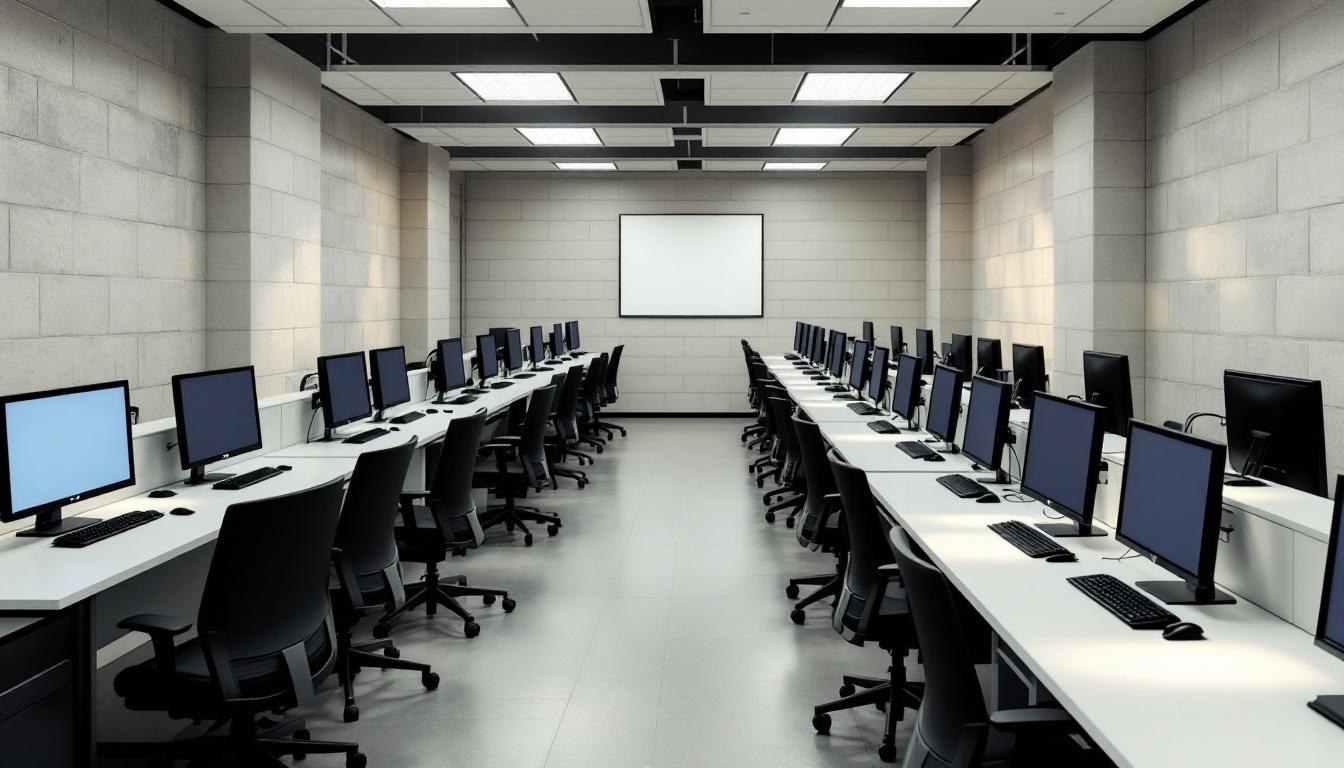
About Idaho Department of Correction
Correctional facilities throughout Idaho’s mountain region serve as integral components of the state’s justice system, with the Idaho State Correctional Center, ID representing a significant institutional presence in the southwestern community of Kuna. This ID correctional facility operates within a landscape where rehabilitation efforts must address the diverse needs of incarcerated individuals while maintaining connections to families and communities across the state’s expansive geography.
Located in Kuna, approximately fifteen miles southwest of Boise, the facility serves the population through various programming approaches that typically emphasize skill development, educational opportunities, and behavioral interventions. The correctional facility generally offers services designed to support successful community reintegration, which may include vocational training programs, substance abuse treatment, and mental health services. These rehabilitation efforts often focus on addressing the underlying factors that contribute to criminal behavior while preparing individuals for their eventual return to Idaho communities.
Within Idaho’s broader correctional system, this institution typically houses individuals serving various sentence lengths and security classifications. The facility’s role extends beyond simple incarceration to encompass comprehensive case management services that may include family visitation programs, educational partnerships with local institutions, and work programs designed to develop marketable skills. Staff members generally work to maintain facility security while supporting programming initiatives that address both immediate institutional needs and long-term public safety goals throughout the region.
Programs & Services
Comprehensive support services form the foundation of rehabilitation efforts at Idaho State Correctional Center, where the population receives assistance through carefully structured programs designed to address individual needs and promote successful community reintegration. The facility’s approach emphasizes building practical skills while fostering personal growth through meaningful participation in various therapeutic and educational opportunities.
Educational programs serve as a cornerstone of the supportive framework, with the population typically having access to literacy instruction, GED preparation, and adult basic education courses. These academic offerings often include computer literacy training and may supply specialized learning support for individuals with varying educational backgrounds. In addition to this, vocational training programs provide hands-on experience in trades that align with local employment opportunities, helping participants develop marketable skills that enhance their prospects for stable employment upon release.
The facility’s work programs create structured environments where the population can contribute to daily operations while gaining valuable experience in areas such as grounds maintenance and facility upkeep. Support services often includes housing assistance planning to help individuals prepare for their transition back to the community, while victim awareness programs encourage personal accountability and healing. Barbering and cosmetology training may supply additional vocational pathways, allowing participants to pursue licensed professions that offer both creative expression and economic stability. These diverse offerings work together to create a comprehensive support network that addresses the varied needs of the population while promoting positive behavioral change and successful reintegration into society.
Daily Life & Visitation
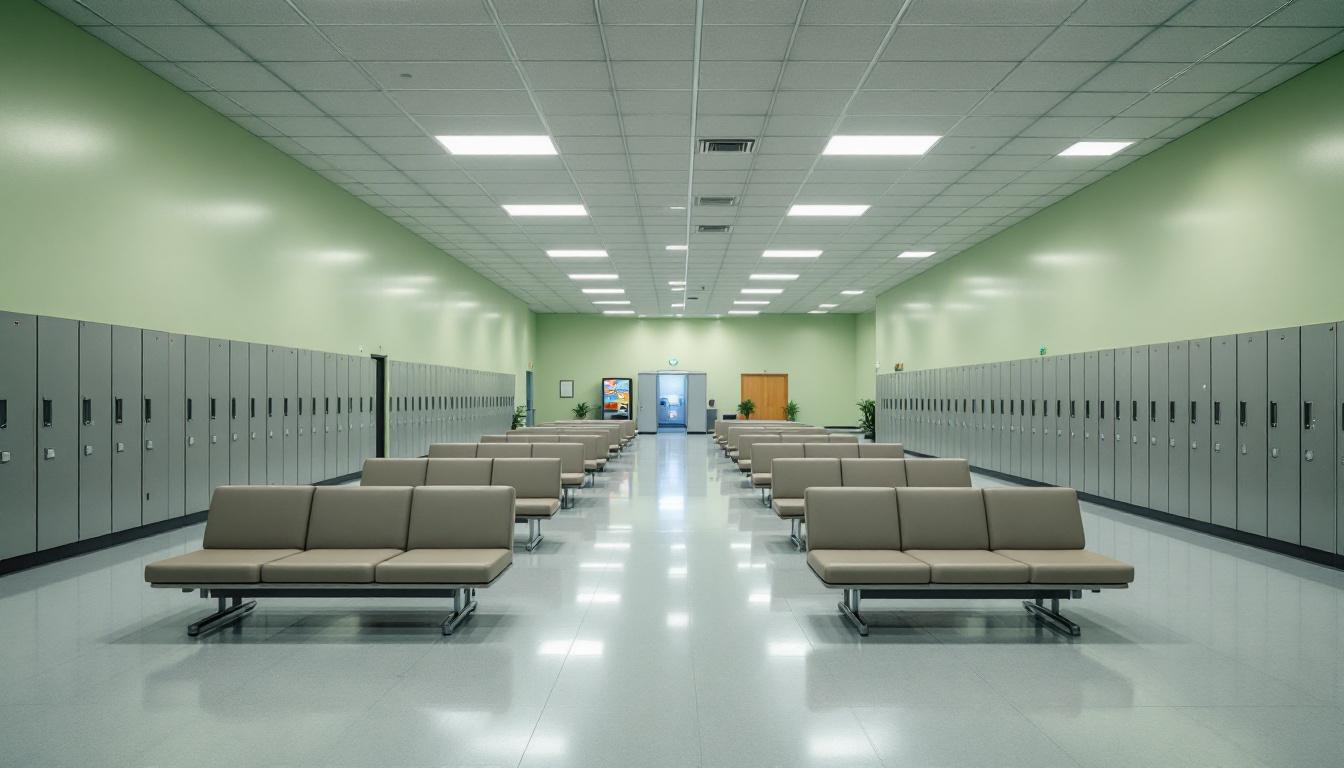
Organizational systems and structured routines form the foundation of how the population at Idaho State Correctional Center experiences each day. Today’s schedule typically begins with early morning counts and meal service, followed by work assignments or programming activities that consistently provide structure throughout the facility. The population generally moves through their daily routines according to established schedules that supply predictability and order to institutional life.
Living accommodations within the facility typically house the population in dormitory-style or cell-based housing units, depending on security classification and individual circumstances. These housing areas generally provide basic furnishings and personal storage space, with access to common areas for television viewing and social interaction. In addition to this structured living environment, meals are usually served in designated dining areas at scheduled times, with the population rotating through meal service according to their housing assignments and work schedules.
The facility typically offers various recreational and exercise opportunities that supply physical activity and social interaction for the population. Work assignments may include kitchen duties, maintenance tasks, laundry services, and other facility operations that provide structure and skills development. Despite this structured environment, the population generally maintains contact with family and friends through scheduled visitation periods and telephone access. Programming schedules often include educational opportunities, counseling services, and other activities designed to support rehabilitation goals, while commissary services typically allow the population to purchase personal items and snacks to supplement their daily needs.
Ready to Connect?
Start communicating with your loved one today
Search for an Inmate

